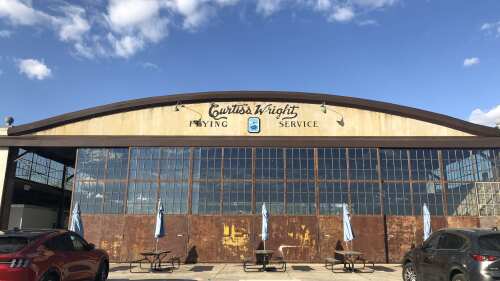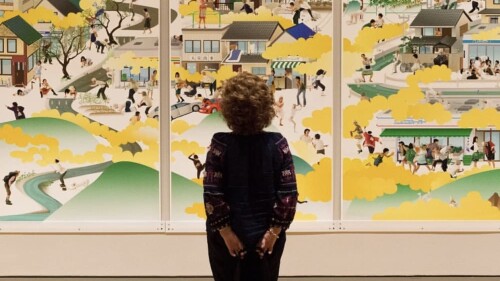Locals and visitors can now explore the post-Civil War Reconstruction Era of Columbia with a new self-guided city tour + trail, just launched by Experience Columbia SC.
The Reconstruction Era spanned from 1865-1877 and marked the challenging post-Civil War period when the US grappled with reintegrating the states that had seceded and determining the legal status of African Americans. This era in Columbia, SC was a time when the SC State House was home to the first Black majority legislature, Black churches emerged as centers of community, social life and political power, Benedict College was founded and ~90% of the students at the South Carolina College in 1870 — now the University of South Carolina — were Black.
Curated with the assistance of Historic Columbia, the Reconstructed: A Journey Through the Reconstruction Era in Columbia, SC trail includes 8 stops and highlights 10 local trailblazers of the era who helped shape our city 150+ years ago.
A few of the 8 stops:
📍 Hampton-Preston Mansion & Gardens | 1615 Blanding St. | During Reconstruction, the estate served as residence of Republican Governor Franklin J. Moses, whose frequent parties drew national attention for challenging SC’s racial and class boundaries. This fueled the election of political opponent Wade Hampton III as governor. Now, the site tells the stories of the enslaved individuals who worked at the estate during Reconstruction.
📍 Benedict College | 1600 Harden St. | Founded as the Benedict Institute on former plantation land in 1870, Benedict College (now in the National Register of Historic Places) helped achieve equitable access to education for people of color, beginning with newly freed people and their descendants post-Civil War.
📍 Reconstruction Churches: Bethel AME Church, First Calvary Church, Zion Baptist Church, + Ladson Presbyterian Church | 819 Woodrow St., 1401 Pine St., 801 Washington St., + 1720 Sumter St. | All established during Reconstruction, these Black churches were not only places of worship independent from white churches, but centers critical to building community, social life + political power after the Civil War.
📍 South Carolina State House | 1100 Gervais St. | DYK? Construction on the State House began in 1850, but was left uncompleted (without a roof) during the Civil War. Construction wasn’t finished until 1869, when Reconstruction Era SC legislators prioritized salvaging the building.
Some of the 10 local trailblazers:
👤 Clarissa Minnie Thompson Allen (1859-1941) | Born in slavery on BullStreet District-area plantation, Clarissa later became a student, teacher and author (first writing about “Capitola,” a fictionalized version of Columbia).
👤 Robert Brown Elliot (1842-1884) | An active Reconstruction Era politician in SC who was later elected to the U.S. House of Representatives, Robert advocated for public education, comprehensive civil rights, weakening the Ku Klux Klan + more.
Participants can access the self-guided tour map online to download + print a physical guide or pick up a copy at the Columbia SC Visitors Center in its new location on the corner of Gervais + Lincoln St. (between Liberty Tap Room and LongHorn Steakhouse). Ⓟ
Quiz:












